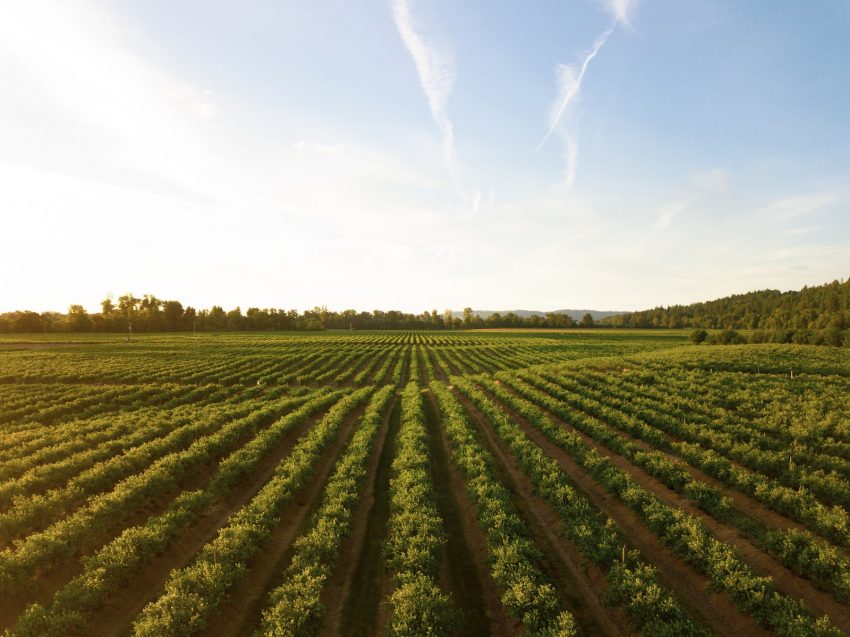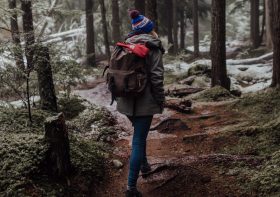The Importance of Aquatic Vegetation Management

Aquatic weeds can prevent or impair recreational activities and detract from the beauty of a water body. Excessive growths can also stunt fish and overpopulate them. They can also impede large fish from effectively feeding on smaller ones. This makes it essential to manage aquatic weeds.
Nutrient Pollution
The primary sources of nutrient pollution are agricultural practices, including fertilizer leaching, runoff from agricultural fields, and manure from CAFOs. In urban areas, nutrient pollution is also caused by stormwater runoff. These sources are considered “point sources,” meaning they directly discharge nutrients into surface waters. They are also typically the most controllable and regulated sources.
The amount of nitrogen in a body of water can vary greatly, depending on the source. An excessive nitrogen level in a lake or pond can cause algae growth. In a large area, this problem may affect several bodies of water. In addition, agricultural runoff can contribute to high phosphorous levels and nitrogen. Other sources of nutrient pollution include pet waste and leaking septic tanks.
To combat nutrient pollution, states and provinces must enact laws and regulations to protect our drinking water. In addition, the Great Lakes Water Quality Agreement directs binational efforts to address the problem.
Mechanical Control
Mechanical control of aquatic vegetation management involves using machinery to remove plants and their roots from water bodies. These machines range from small cutting boats to large harvesters that can lift plants out of water. They are instrumental in enclosed waterways. A floating boom is another mechanical control tool. It is used to restrict the movement of floating nuisance weeds and reduce their impact on high-use areas.
Mechanical controls have been around for several decades. They were initially introduced in Florida, where they were considered the most effective method for controlling aquatic weeds and algae. However, they couldn’t keep up with the rapid growth of invasive plants. Researchers continued to look for more environmentally compatible and cost-effective methods to combat this problem. This resulted in the development of an array of chemical and mechanical tools. Today, resource managers use an integrated approach that includes mechanical and chemical control tools.
Mechanical control is an alternative to chemical control methods. Unlike chemical-based methods, automatic control is non-intrusive to the environment and efficiently reduces weed growth in the water. However, it is a labor-intensive process and can be costly.
Integrated Pest Management
Integrated pest management is a process of preventing pests and controlling their populations. The management tactics involved are site-specific and depend on the types of problems and their habitats. The methods include weed control, monitoring, and suppression of pest populations. Identifying problematic weeds and breeding sites is key to preventing pests. Managers can contact local cooperative extension offices or online resources to determine which weeds to target.
This process combines cultural, physical, and biological tools to control pests while minimizing risk to people and the environment. There are many applications for integrated pest management in agriculture, urban, and wildland environments. There are critical differences between community and agricultural IPM, but they share many principles.
Monitoring includes regular inspection of pest sites to identify their presence. The monitoring process involves identifying the pest, its habitat, and its life cycle. This helps determine the best management strategy. Monitoring also includes identifying beneficial organisms that help control pests. Pests can also be tracked by using traps and visual inspections.
Identification of Weeds
Proper identification is crucial for the control of aquatic vegetation weeds. Most control methods target specific weeds or groups with similar growth habits. To determine which species are responsible for a weed problem, first identify them by their botanical classification. For example, algae are the simplest type, with no leaves or roots, while flowering plants have stems and leaves. The differences between these two groups are critical when deciding which chemical control methods to use.
Before applying chemical control, identify the weeds. If you have difficulty determining the type of weed you’re dealing with, consider using a biological control method. Herbivorous fish, such as grass carp, have effectively controlled aquatic weeds in South Carolina. They’re relatively easy to obtain and manage. Several herbaceous fish species, such as Tilapia and various strains of common carp, feed on aquatic weeds. Before using any chemical control method, read and follow the directions on the pesticide label.
If you find a weed in your water garden, take note of its appearance and smell. Some weeds are recognizable by their distinctive appearance, like water lettuce. For instance, a stout stem and a thick rhizome help to identify Illinois Pondweed. Its circular leaves are usually white but may also be pink or reddish. The leaves are attached to the stem or a short stalk by long peduncles, and the flowers are white or pink. This species is considered a noxious weed in California and Kentucky. It can also be classified as an endangered species in some places.



Leave a Reply
You must be logged in to post a comment.